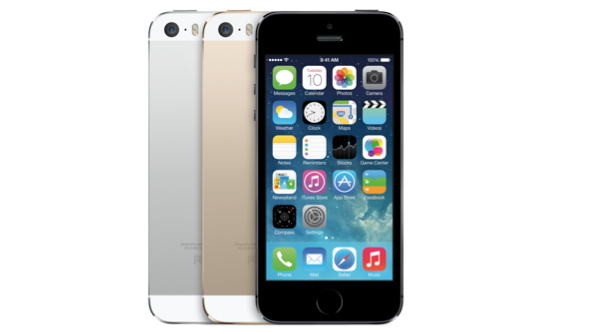Why you can trust TechRadar
Right - this is where the iPhone 5S is expected to shine, and it really rather does. Apple has decided to push harder with the camera sensor in the new handset, trying to create something the lies squarely between the HTC One and Samsung Galaxy S4, and beat both.
In honesty, it mostly manages this, although the other two are also really decent snappers and in many ways are also class leading.
Let's dial it back a little and explain: Samsung is all about staying true to the 'megapixel wars' and wants to cram as many as it can in there, which is why it has such a complex sensor. It can't function as well in low light, but get the shot composition right and you're going to get some really nice snaps.
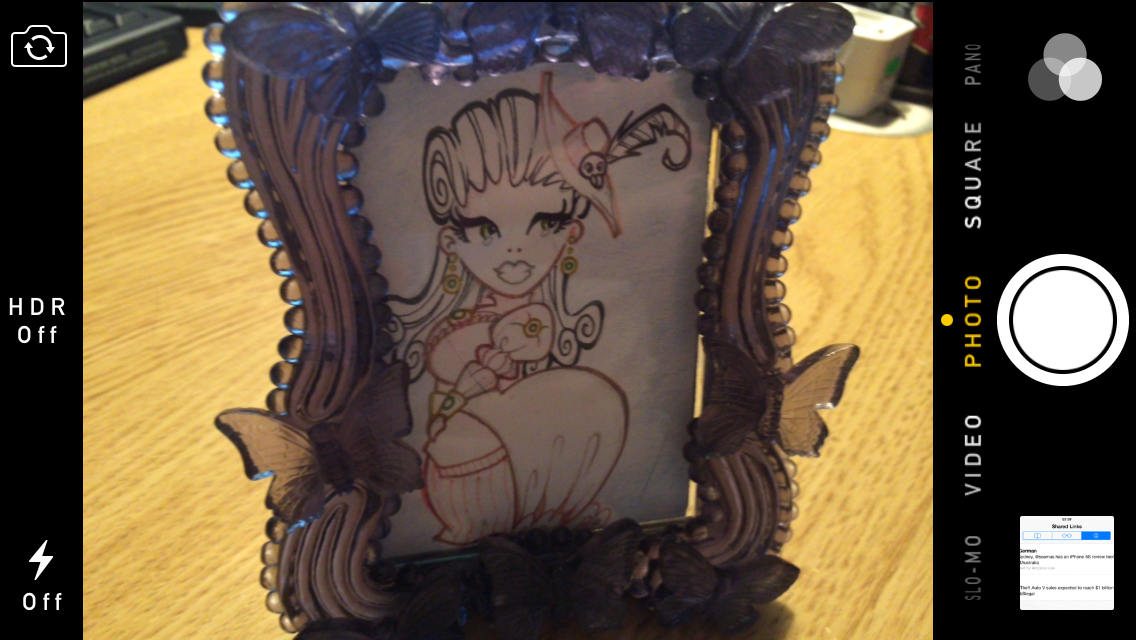
The HTC is almost the opposite, as with that you can get some really great low light shots thanks to the improved Ultrapixel camera. This is only a 4MP sensor, but with much larger pixels which let in more light. This means better night time performance and a faster shutter, and with this camera you get a wider gamut of shots to take away with you, although you probably won't want to blow them up for the wall.
The iPhone 5S, as we said, falls in between these camps, coming with an 8MP sensor and pixels 75% the size of the HTC One's offering. The result is a strong blend between sharpness and low light ability, where the iPhone straddles the categories without being market leading in either.
It's got an f/2.2 aperture for better low light, but that's still the same as the Samsung Galaxy S4 and not as good as the f/2.0 on the HTC One.
That said, the new camera interface, combined with the A7's ability to easily combine together three snaps to make the best picture it can, mean this is a truly awesome cameraphone.
Sign up for breaking news, reviews, opinion, top tech deals, and more.

The new UI will let you simply slide between modes, be it panorama, a new 'square' mode for social networks, the standard photo, video at 1080p or the all new Slow-mo mode, which can capture 120 frames per second at 720p resolution and gives you the option to choose when the slow down and speed up happens.
The new CPU is at its best here, with the shutter speed really great, the all new burst mode working well (simply activated by pressing the shutter button for any length of time) and giving seemingly unlimited shots. The iPhone can also intelligently work out the best shot and the suggestions usually get it pretty bang on, where other handsets with the same functionality can't every time.
We know that Apple is pretty late to the burst mode game, but it's implemented it in a way that really works rather well. At least the ability to lock focus is on board, as well as locking exposure - these are closer to pro-photographer moves, and allow for some interesting shot composition.
The UI is a something of a bugbear though, despite looking so flashy. The options to enable HDR mode, turn the flash on and off or change to the front facing camera don't always want to come on when you tap, which makes it hard to use the camera when you're trying to take an arty shot in lower light that doesn't need the flash.
With iOS 7.1 there is a cool new feature: Auto HDR mode. This will fire up automatically when light levels are going a bit all over the place and will give you a much richer (if slower to snap) picture without you needing to mess about with the settings.
Clever work from Apple - it's up there with the real time HDR on theSamsung Galaxy S5.
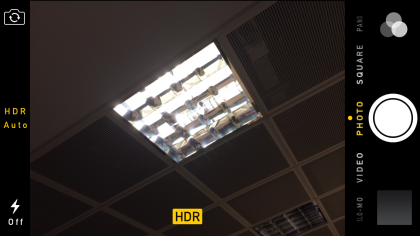
This leads us nicely onto the other big change, with the flash getting something of an update thanks to an increase to dual LED. This is nothing new in smartphones, but Apple's been smart here as well, thanks to bringing a white and amber option into play.
What this allows the iPhone 5S to do is analyse the scene with a primary flash and then mix the amber and white colours together to reproduce colours more accurately and stop everything looking so washed out.
It's actually a more impressive feature than we thought it might be when it comes to colour rendition, but we can't say it made us want to use the flash any more than normal. As per usual, it got turned off pretty soon and didn't come back on again, which is partly due to the impressive low light performance.
To summarise: this is the best iPhone camera yet by some distance, and its simplicity of use and the great modes on offer (there's even an area that allows you to choose a filter before you start snapping, with real time previews so you can check each one out.)
That's actually something that we found a little odd: when you pull a filtered photo from your iPhone 5S, the filter has been removed. However, share it through Airdrop or in the Mail app and it will display with Chrome or Mono or whatever filter you went for.
However, that's a terribly minor niggle compared to the hugely impressive camera, which we urge you to try with a little more depth should you get the chance. We would like to see Apple enable 16:9 photos at some point soon, as the UI doesn't lend itself to the 4:3 options that come out.
We understand Apple is trying to stay close to more professional photography, but most phones make full use of the screen, and it would be great if Apple followed suit.

Click here for the full-res image
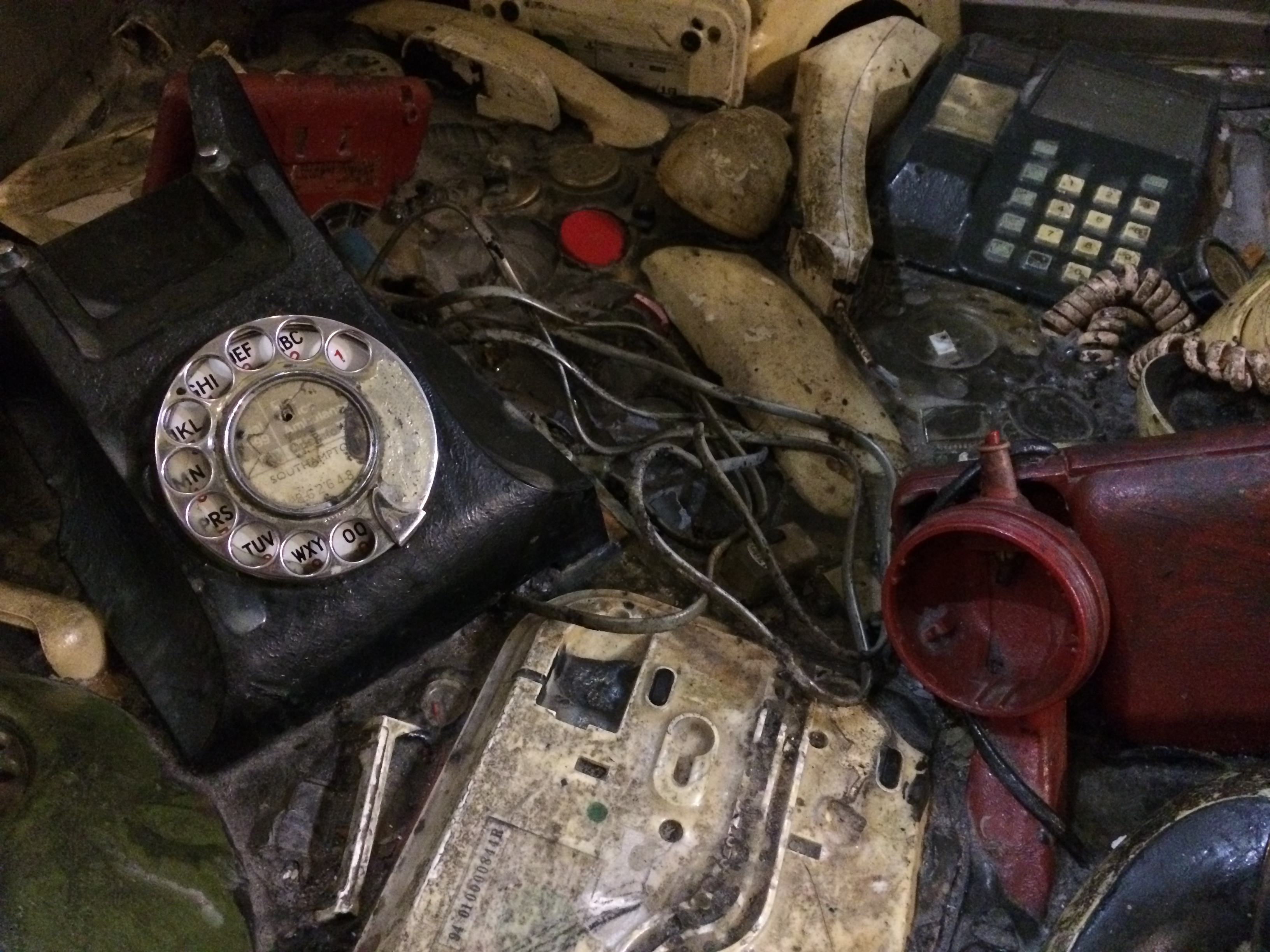
Click here for the full-res image

Click here for the full-res image
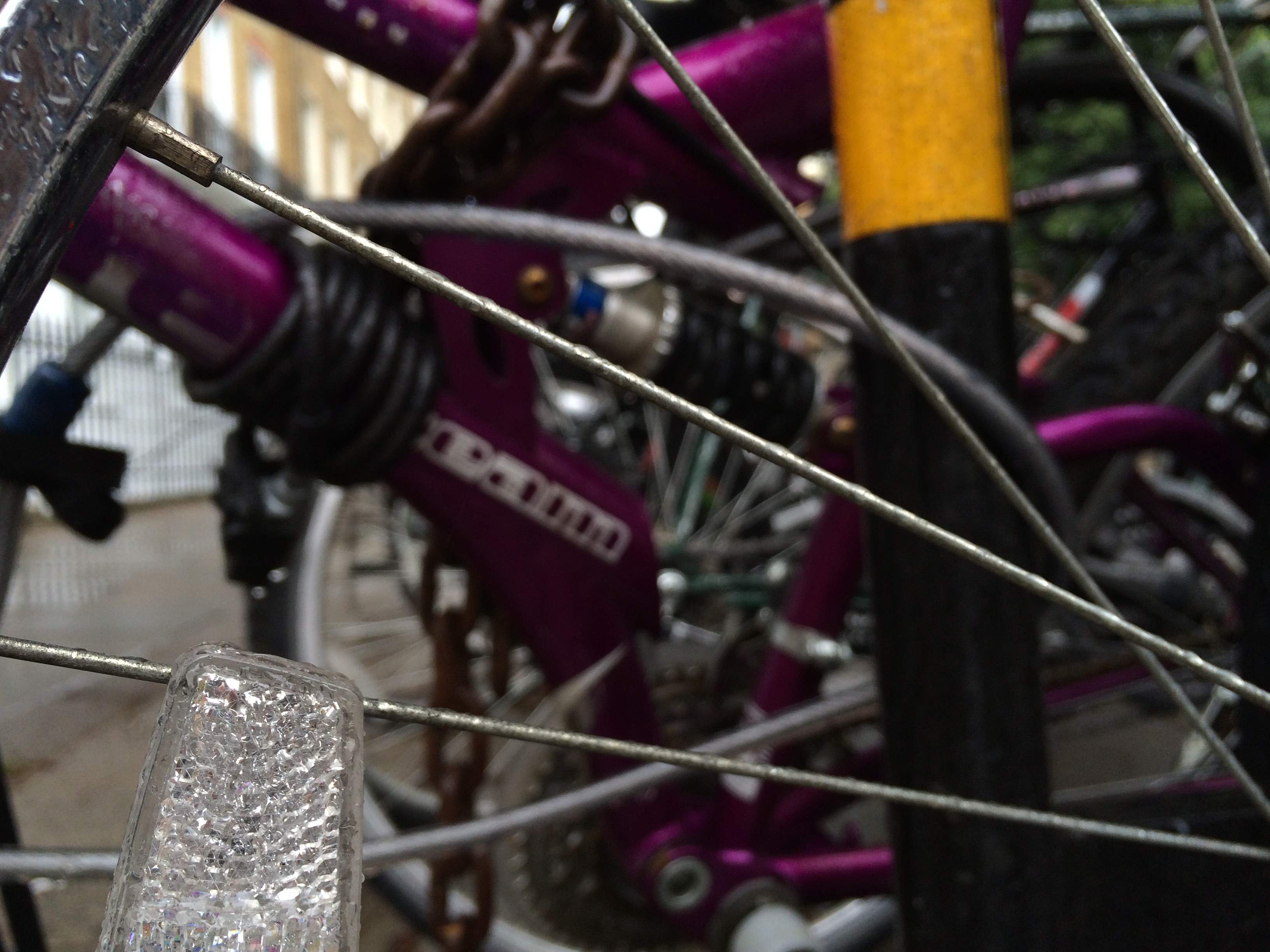
Click here for the full-res image

Click here for the full-res image

Click here for the full-res image

Click here for the full-res image

Click here for the full-res image

Click here for the full-res image
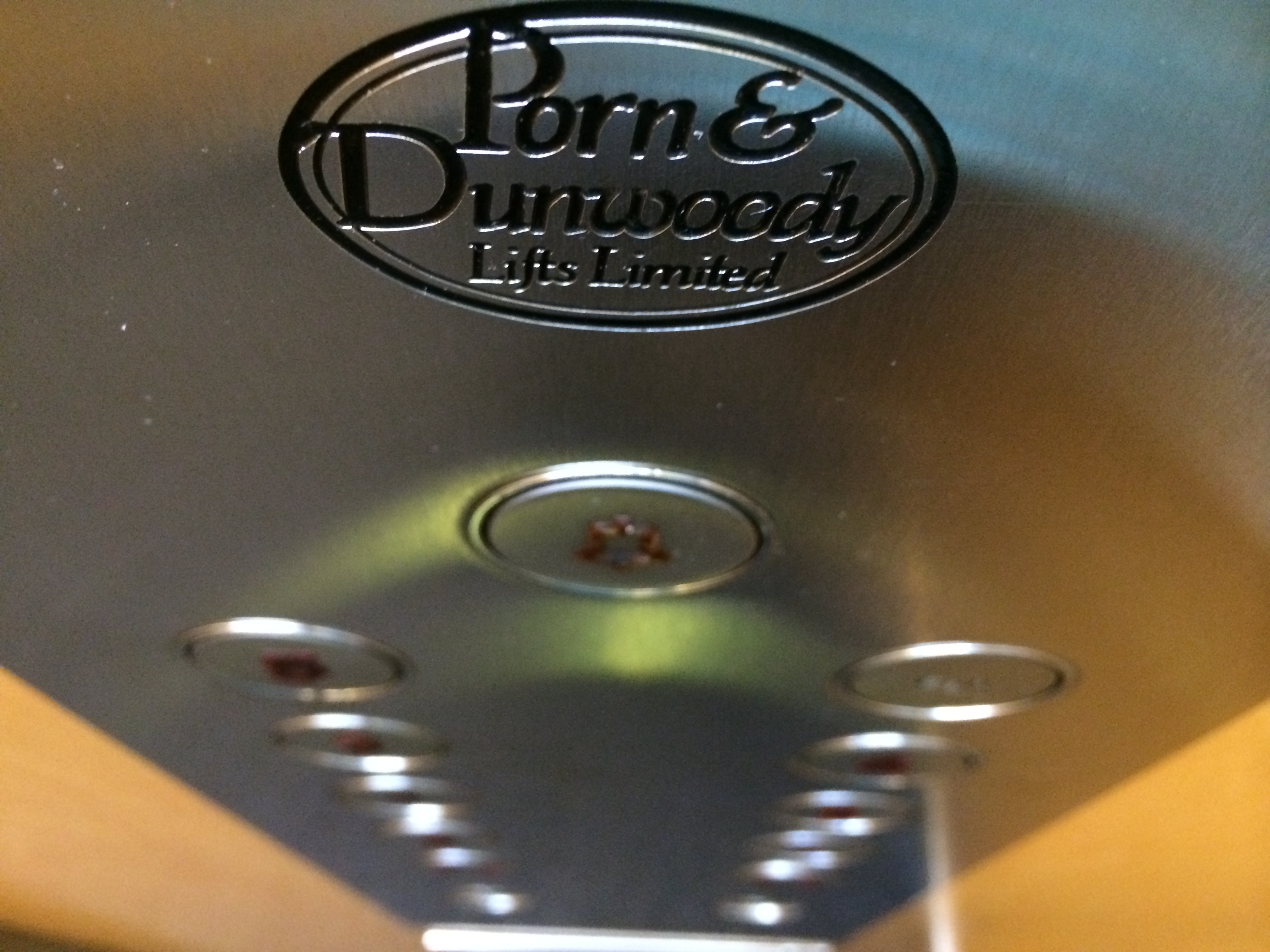
Click here for the full-res image

Click here for the full-res image

Gareth has been part of the consumer technology world in a career spanning three decades. He started life as a staff writer on the fledgling TechRadar, and has grew with the site (primarily as phones, tablets and wearables editor) until becoming Global Editor in Chief in 2018. Gareth has written over 4,000 articles for TechRadar, has contributed expert insight to a number of other publications, chaired panels on zeitgeist technologies, presented at the Gadget Show Live as well as representing the brand on TV and radio for multiple channels including Sky, BBC, ITV and Al-Jazeera. Passionate about fitness, he can bore anyone rigid about stress management, sleep tracking, heart rate variance as well as bemoaning something about the latest iPhone, Galaxy or OLED TV.
